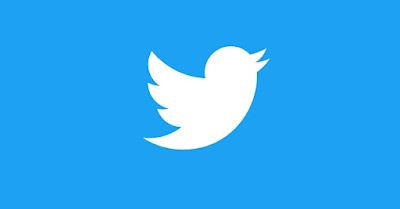Users of the popular social networking site Twitter can send and read 140-character messages known as tweets. These tweets can include text, images, videos, links, hashtags, and a maximum of 280 characters. Twitter is frequently used to share news, updates, opinions, and to have conversations about a variety of subjects.
Some key details about Twitter
Purpose: Twitter was created as a microblogging platform where users can share their thoughts and engage in real-time conversations with others. It enables users to follow other accounts and receive updates from them.
Features: In order to improve user experience, Twitter offers a number of features. These include like, replying to tweets, direct messaging, building and following lists, and polling. Retweeting is the act of sharing another person's tweet.
Hashtags: Twitter introduced the hashtag feature, which allows users to categorize their tweets and make them discoverable to a wider audience interested in a specific topic. Hashtags are denoted by the '#' symbol.
Verified accounts: Twitter has a verification system where certain accounts belonging to public figures, celebrities, organizations, and influencers are marked with a blue checkmark. This verification badge helps users identify authentic and reliable accounts.
Trends: Twitter displays trending topics and hashtags based on the popularity and engagement of tweets related to a particular subject. Users can explore these trends to discover and join ongoing conversations.
Privacy and settings: Twitter offers privacy options that let users manage who can see and interact with their account. Users have the option to adjust notification settings, restrict who can connect with their account, and protect their tweets.
APIs and third-party applications: Twitter offers Application Programming Interfaces (APIs) that allow developers to integrate Twitter functionalities into their own applications, such as displaying tweets on websites or building Twitter bots.
Advertising and monetization: Businesses and companies can use Twitter's advertising tools to advertise their goods and services. Among the advertising forms offered are promoted tweets, accounts, and trends.
Safety and moderation: Twitter has implemented various measures to combat abuse, harassment, and the spread of misinformation on the platform. These include reporting tools, content moderation policies, and AI-based systems to detect and take action against abusive behavior.
Mobile apps and platform compatibility: Twitter can be accessed via its official website and through iOS and Android mobile applications. It may be accessed via APIs and is compatible with a number of different third-party Twitter clients.



Post a Comment